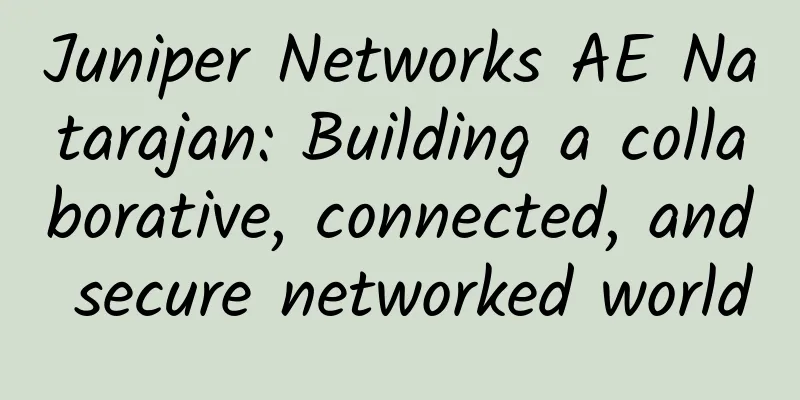Now is the time to use 5G indoors

|
Operators have made huge investments in 5G RAN, which can now deliver excellent outdoor performance. However, while mid-band spectrum with massive MIMO provides some indoor coverage, dedicated indoor 5G systems are still needed to deliver an excellent indoor experience and enable advanced use cases. Indoor 5G coverage in venues such as offices, airports and arenas is now imperative. 5G sets new performance benchmarks and raises customer expectations in all regions. Better indoor services are important not only for operators and customers, but also for venue owners. In the medium term, 5G Internet of Things (IoT) is emerging in several indoor scenarios, including dedicated networks. Many indoor systems have not yet been upgraded to 5G, and many venues and enterprises have yet to achieve dedicated coverage. This will change. For operators, enterprises and venues looking to deploy dedicated 5G solutions, there are three key issues to consider: spectrum, technology and business models. Spectrum options for indoor 5GBefore considering which additional bands are needed for user services, a baseline of current indoor coverage needs to be established across already deployed mid-, low-, and high-band spectrum. Enterprises and venues will need to choose the best option from licensed, shared, or unlicensed spectrum; a location’s RF characteristics, required density, and many other factors will ultimately determine their choice. Specific use cases will also drive spectrum decisions for indoor use. For example, in manufacturing facilities or dense user environments, mid-band and high-band frequencies are favorable due to higher capacity advantages. In addition, some indoor locations have special requirements for uplink performance and low latency. Technology selection for venue and indoor coverage systemsThere are already good indoor 4G solutions, but these form a diverse and complex installed base that is a mix of building types and technology generations. 5G also offers diverse technology solutions for indoor and campus area systems. In general terms, there are two main options:
In both cases, when new cabling is required for both power and fiber, installation logistics present challenges. Innovations like bidirectional optics can allow fiber to be reused in certain locations, but venues must weigh options, cost, and time before selecting a solution. Enterprises can really benefit from the expertise of suppliers and system integrators to navigate this complexity. Ownership and business modelExcellent connectivity and independently verified network performance benchmarks are now critical for venue owners who want to ensure an excellent customer experience and make their venues ideal for new users and businesses. The value of connectivity to venue owners and businesses may be the key to accelerating 5G deployments indoors and on campus. There are several business models that address the importance of mobile connectivity to venues and end users. Key issues to consider include:
"Indoor 5G is the next logical step to support greater capacity, user experience and true 5G use cases across the entire network. Now is the time for venues and enterprises to work with operators to ensure indoor 5G coverage is delivered on a sustainable, long-term basis." —Ruth Brown, Chief Mobile Network Analyst, Heavy Reading |
<<: PTC acquires next-generation application lifecycle management company
>>: Energy-saving building 5G solutions are the key to green buildings
Recommend
What is bandwidth management?
Bandwidth management involves the strategic alloc...
How can you explain the communication protocol in such a simple way?
This article is reprinted from the WeChat public ...
The 5G infrastructure market will reach $496.6 billion in 2027, with a CAGR of 106.4%.
According to a new study released by market resea...
Analysis of the four major reasons for the 5G "life and death battle" among operators in 2019
There is no doubt that 2019 will be the "Yea...
LOCVPS: Hong Kong Kwai Wan/Kwai Wan High Defense #2 lifetime 35% off, 20% off for all items
In order to welcome the Double 12 shopping festiv...
Karamay Government Affairs Cloud: Cloud brings together industries and data to win the future
[[188757]] Company Introduction Karamay is the on...
In the Internet Queen’s “Spring Festival Gala-style report”, what are the things worth spending five minutes paying attention to?
Internet Queen Mary Meeker's annual Internet ...
WiFi coverage is fully covered and the pain points are solved on the last day of the holiday
It's the last day of the holiday. Did you get...
Foreign media: South Korea encourages virtual network operators to participate in 5G competition
South Korea's Ministry of Information and Com...
Hard-core science! Analysis of the technical principles of number portability!
On November 11, the Ministry of Industry and Info...
Another batch of long transactions, who is to blame for the P0 failure?
In recent weeks, there have been many service err...
The 10 most representative software-defined network tools in 2020
The global software-defined networking market has...
A brief discussion on the development history and future trends of routers
Labs Guide As a common network device, routers ca...
It is reported that the Ministry of Industry and Information Technology adjusted the inter-network settlement standards: China Telecom was disappointed, and China Mobile was removed from the list
According to online reports, the Ministry of Indu...
How to configure OVN load balancer?
Translator profile: Zheng Minxian works for Nooyu...




![[6.18]spinservers: $89/month-2*E5-2630Lv3/64GB/1.6TB NVMe/10Gbps bandwidth/Silicon Valley data center](/upload/images/67cabe68b64e4.webp)




